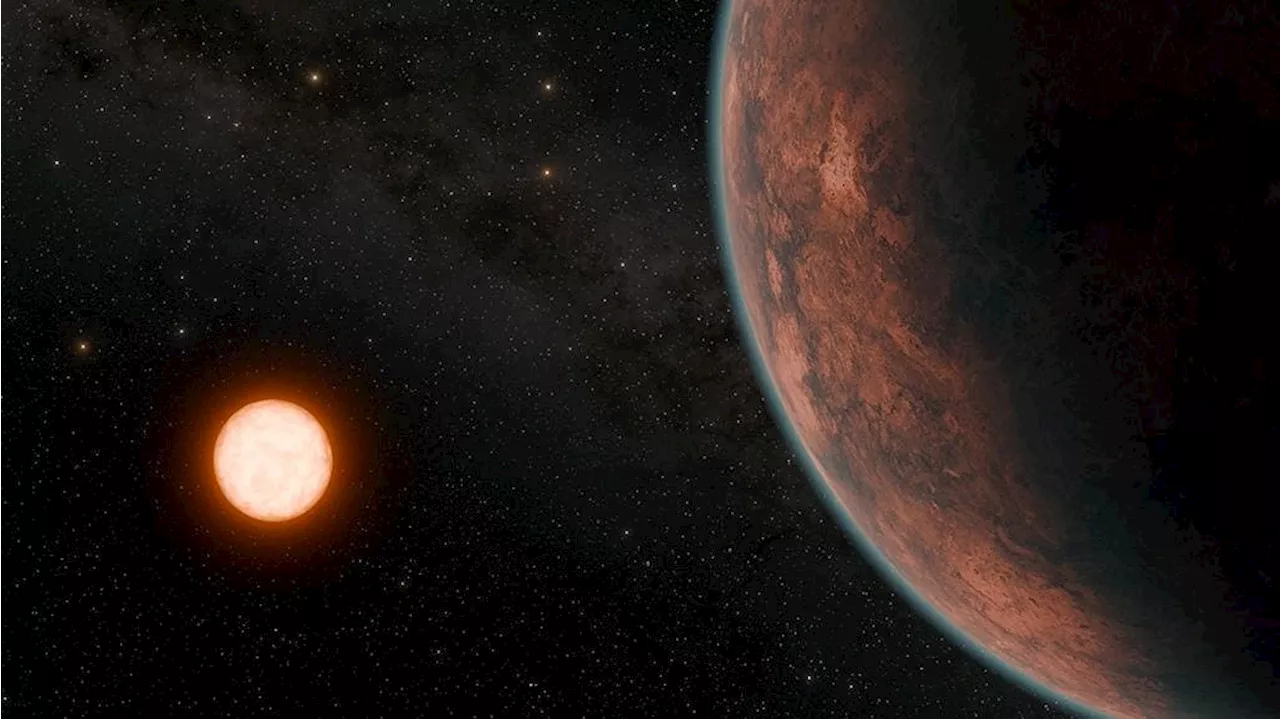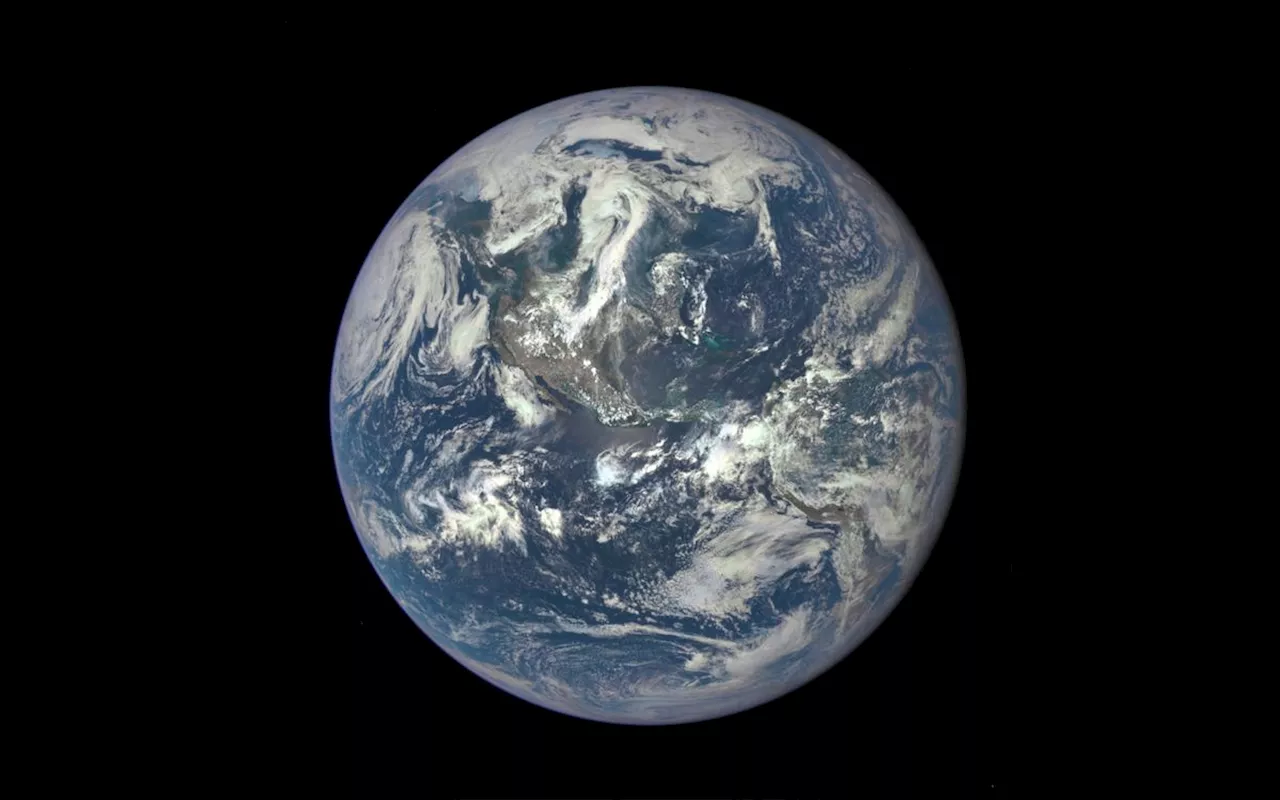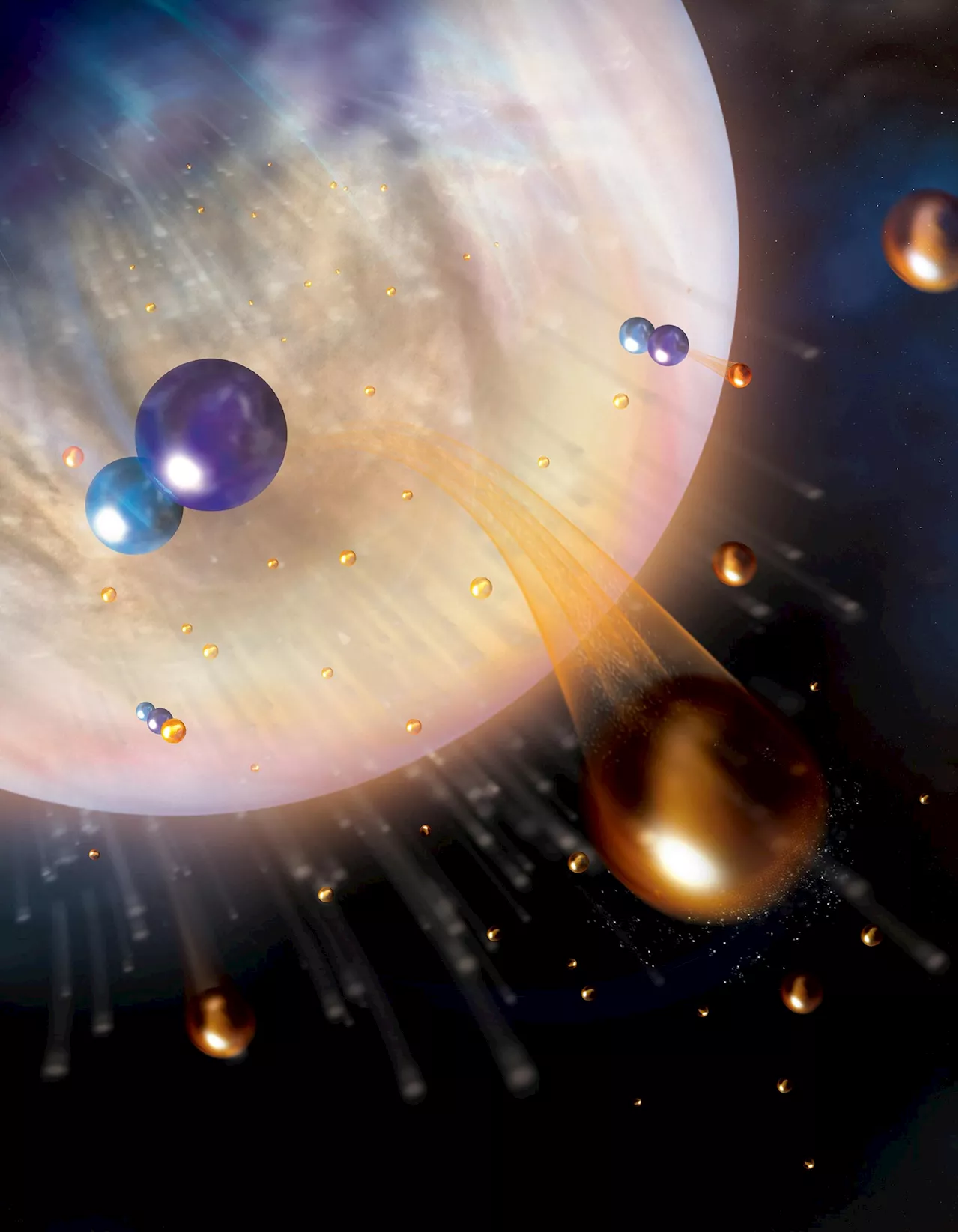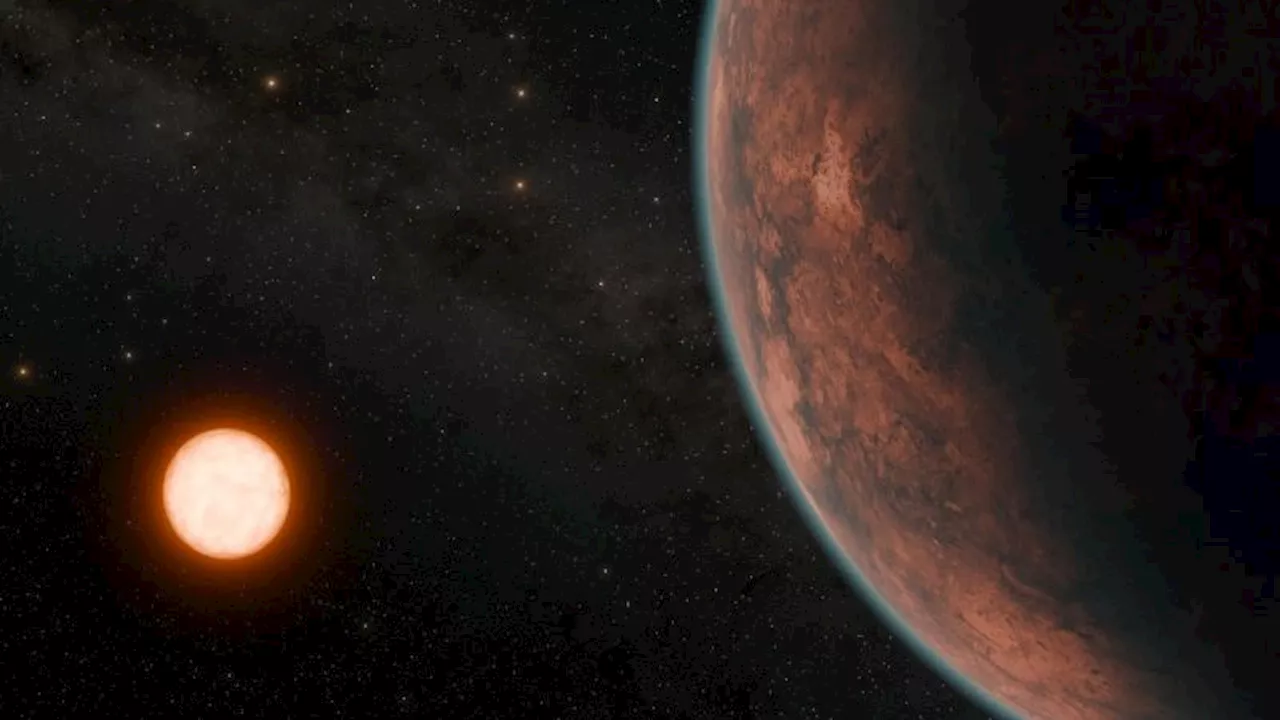Two teams of scientists have discovered a theoretically habitable planet called Gliese 12b that’s smaller than Earth but bigger than Venus, just 40 light-years away.
Two teams of scientists have discovered a theoretically habitable planet, smaller than Earth but bigger than Venus, orbiting a small star about 40 light-years away. The exoplanet, named Gliese 12b, orbits a cool red dwarf star situated in the constellation Pisces and is about 27% the size of our sun and 60% of its temperature, according to the two studies published on Thursday in The Astrophysical Journal Letters and Monthly Notices of the Royal Astronomical Society.
Understanding Gliese 12b To spot Gliese 12b, scientists used the publicly available data collected by NASA’s Transiting Exoplanet Survey Satellite — a telescope that stares at tens of thousands of stars every month, tracking their changes in brightness, which can be evidence of orbiting exoplanets. It is easier for astronomers to find exoplanets orbiting red dwarf stars since their relatively small size results in a greater dimming effect during each transit.
United States Latest News, United States Headlines
Similar News:You can also read news stories similar to this one that we have collected from other news sources.
 Cleveland man charged in two killings in two cities in two daysUlando Mims Jr., 19, who is already jailed on murder charges tied to the Jan. 3 killing of 19-year-old Lequan Head in Warrensville Heights, was indicted last week in the Jan. 2 death of 17-year-old Tyrone Griffin in Cleveland.
Cleveland man charged in two killings in two cities in two daysUlando Mims Jr., 19, who is already jailed on murder charges tied to the Jan. 3 killing of 19-year-old Lequan Head in Warrensville Heights, was indicted last week in the Jan. 2 death of 17-year-old Tyrone Griffin in Cleveland.
Read more »
 A Nearby Planet Could Be Earth 2.0 Or An ‘Evil Twin,’ Say ScientistsI'm an award-winning journalist writing about the night sky and eclipses.
A Nearby Planet Could Be Earth 2.0 Or An ‘Evil Twin,’ Say ScientistsI'm an award-winning journalist writing about the night sky and eclipses.
Read more »
 Scientists are mapping Earth's rivers from space before climate change devastates our planetSharmila Kuthunur is a Seattle-based science journalist covering astronomy, astrophysics and space exploration. Follow her on X skuthunur.
Scientists are mapping Earth's rivers from space before climate change devastates our planetSharmila Kuthunur is a Seattle-based science journalist covering astronomy, astrophysics and space exploration. Follow her on X skuthunur.
Read more »
 How scientists discovered summer 2023 was the hottest season in 2,000 years on EarthA closer look at tree rings is adding to the growing list of evidence that shows unprecedented temperatures measured on Earth over the past year.
How scientists discovered summer 2023 was the hottest season in 2,000 years on EarthA closer look at tree rings is adding to the growing list of evidence that shows unprecedented temperatures measured on Earth over the past year.
Read more »
 The summer of 2023 was Earth's hottest in 2,000 years, scientists findSharmila Kuthunur is a Seattle-based science journalist covering astronomy, astrophysics and space exploration. Follow her on X skuthunur.
The summer of 2023 was Earth's hottest in 2,000 years, scientists findSharmila Kuthunur is a Seattle-based science journalist covering astronomy, astrophysics and space exploration. Follow her on X skuthunur.
Read more »
 Chemical Culprit Identified: Scientists Discover Why “Earth’s Twin” Has Almost No WaterScience, Space and Technology News 2024
Chemical Culprit Identified: Scientists Discover Why “Earth’s Twin” Has Almost No WaterScience, Space and Technology News 2024
Read more »
